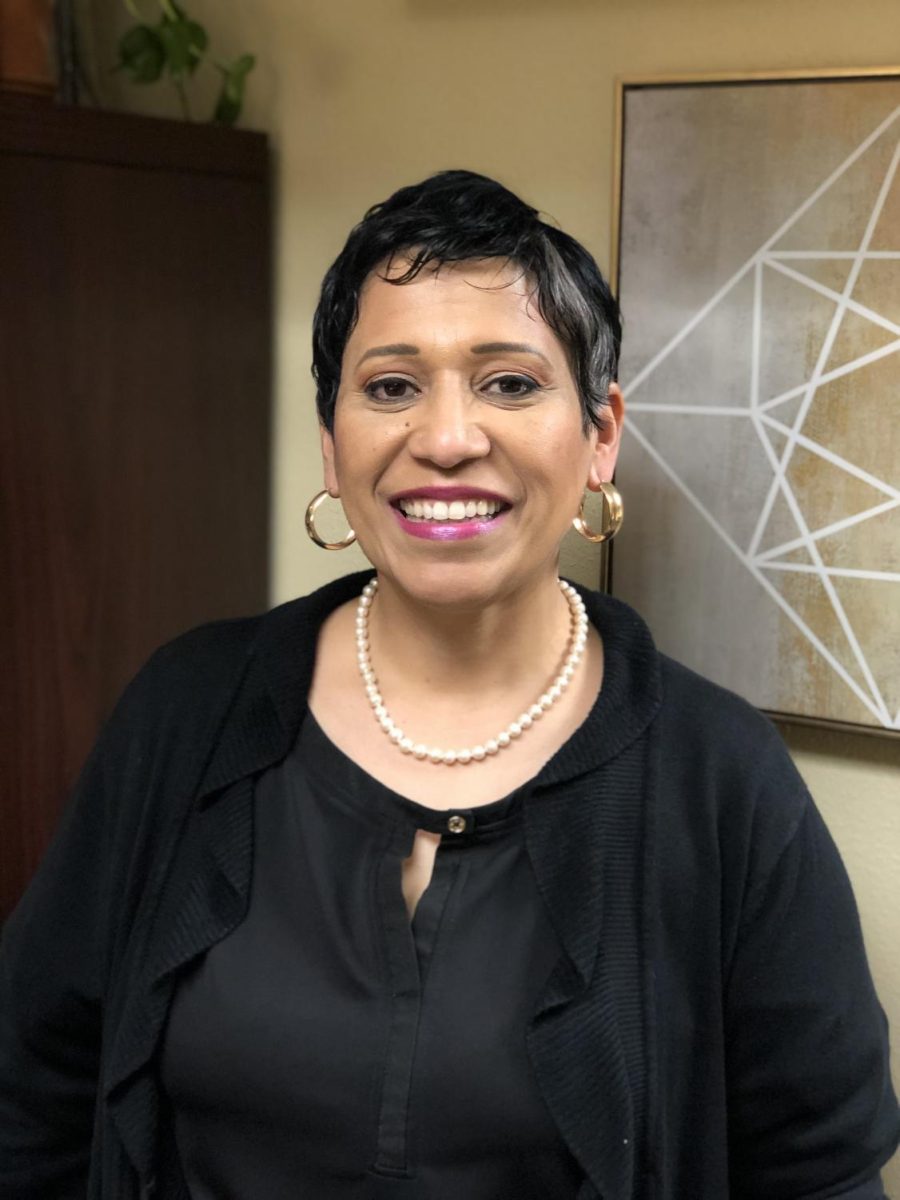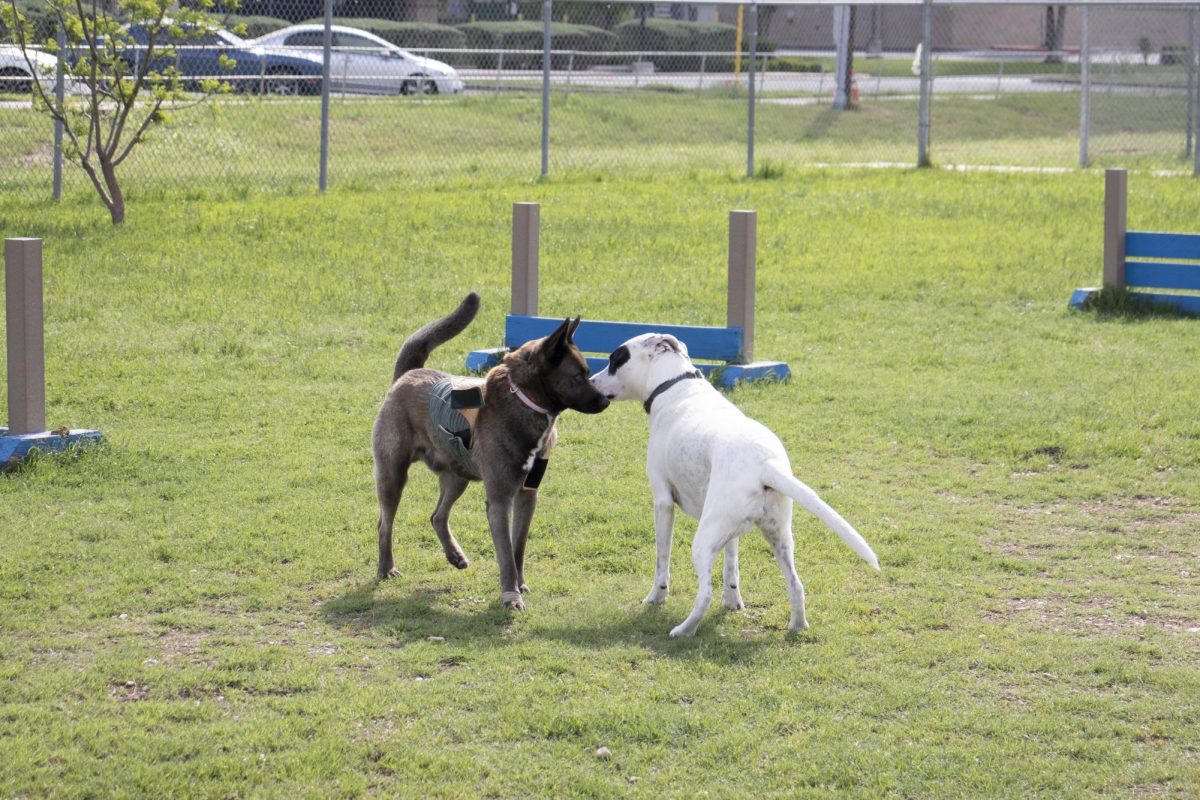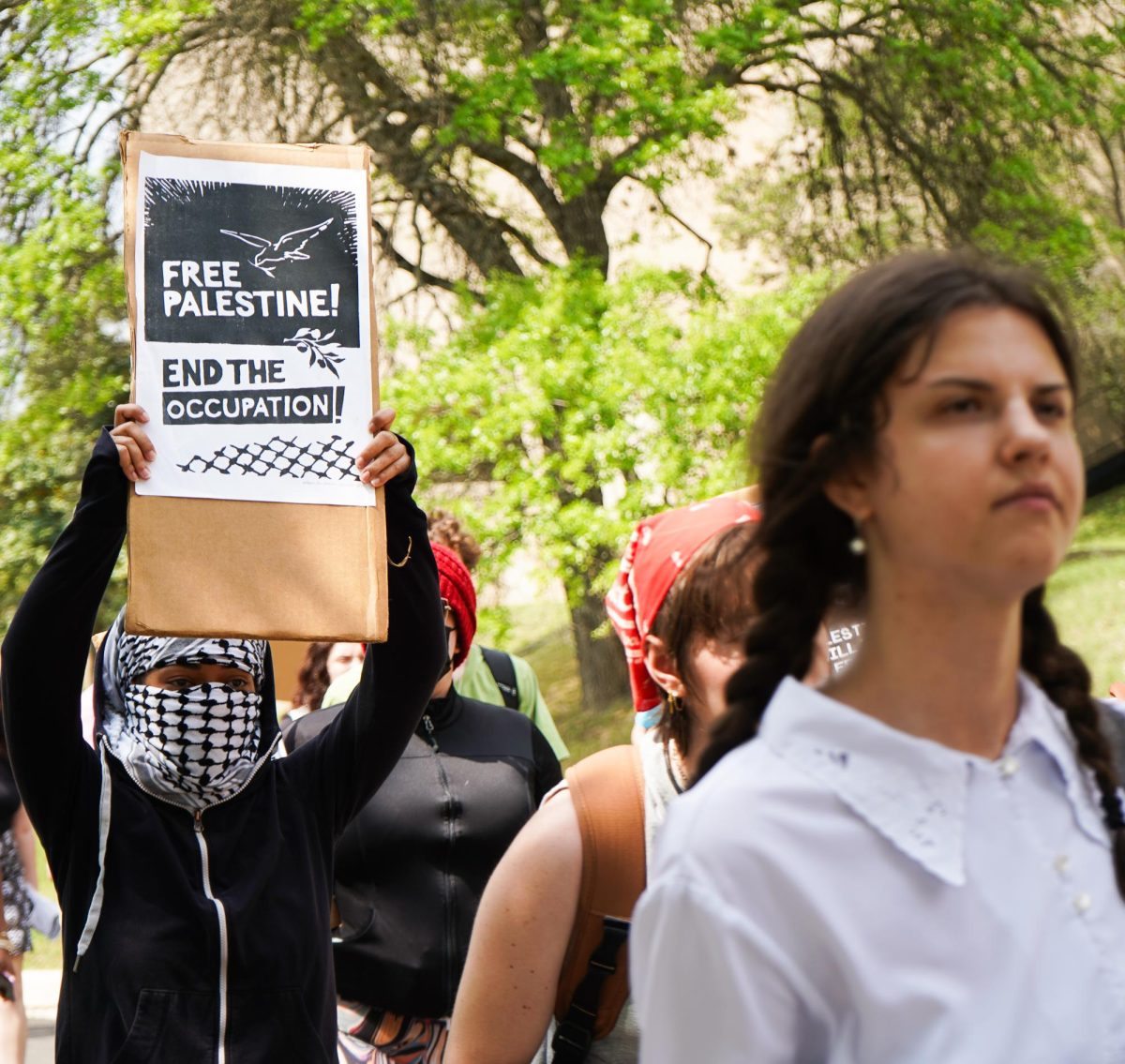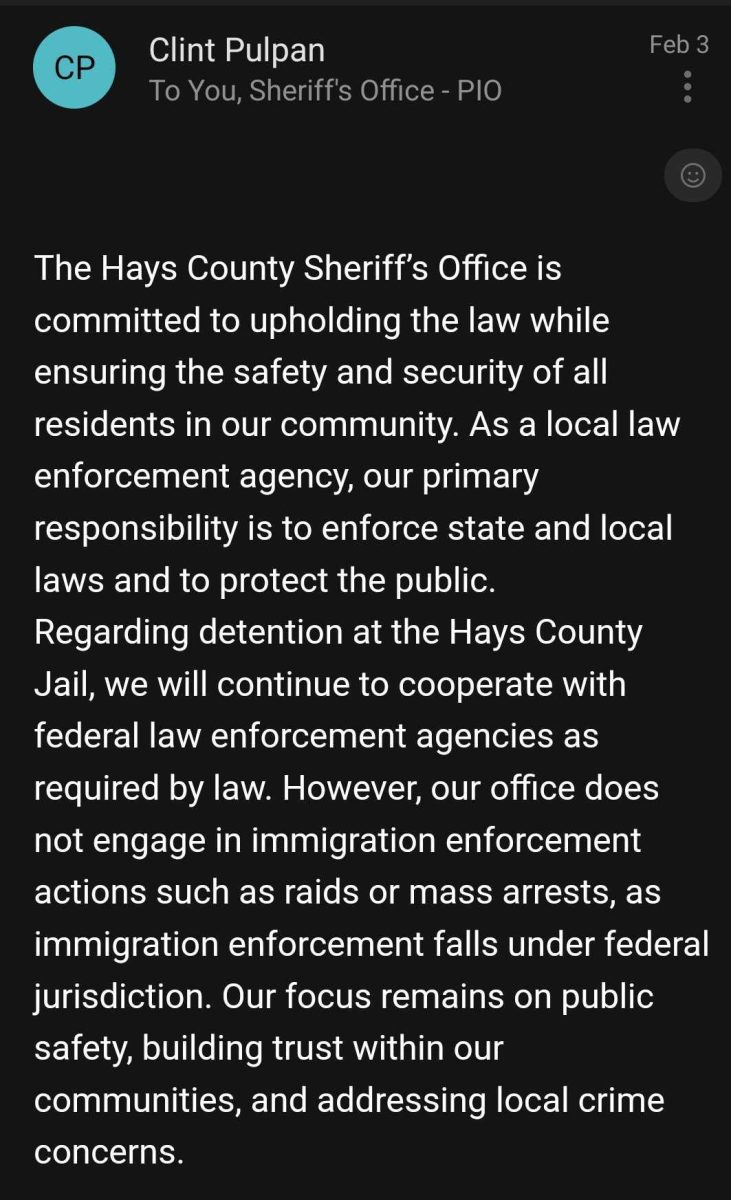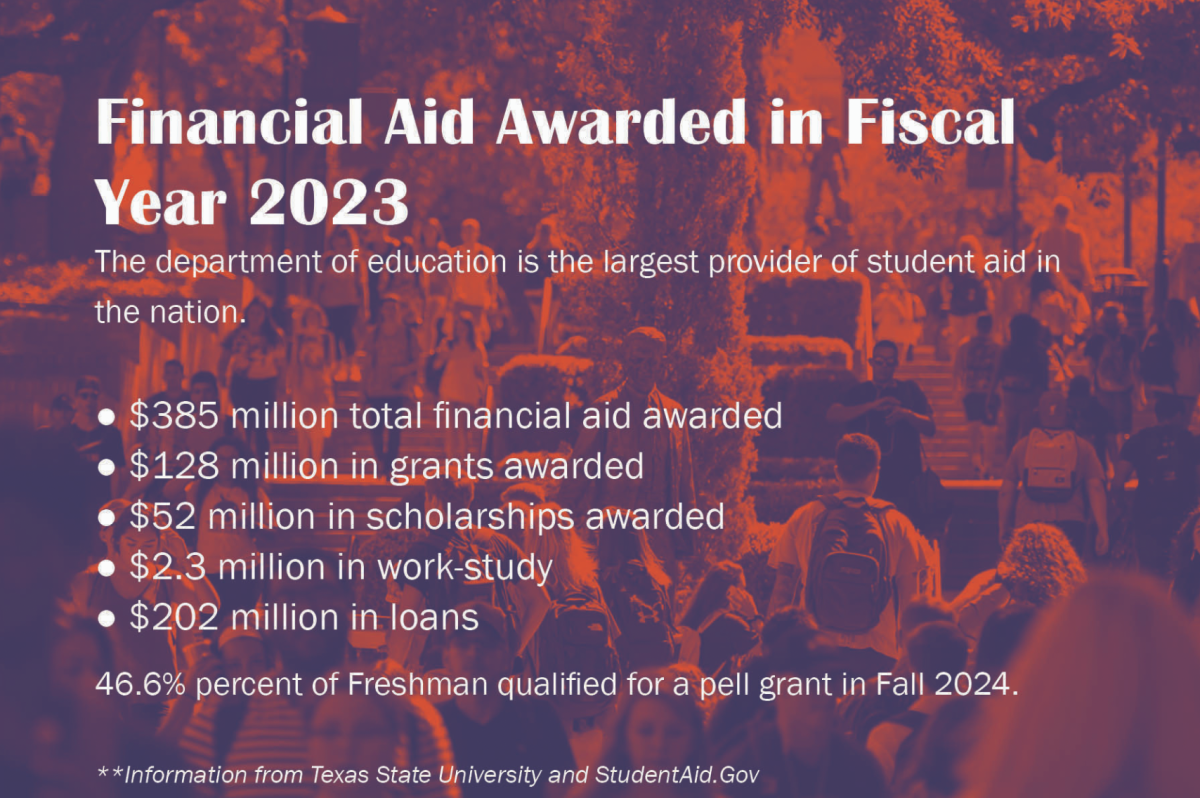Texas State administration is launching a bias response protocol in response to prejudiced or offensive behavior that may exist on campus, including racist, sexist and homophobic remarks.
The program will attempt to create a more cohesive atmosphere on campus and support the campus climate.
The response protocol, Bring It Up Bobcats, was created to grant students, faculty and staff an opportunity to use their voices if faced with bias.
According to the Office of Equity and Inclusion website, bias is defined as conduct, behavior, speech or actions acted upon with prejudice or judgment.
Associate Chief Diversity Officer Stella Silva, who initiated the protocol, said bias consists of opinions coming from a place of non-acceptance that attacks someone’s character or identity.
“Everyone has a bias based on the way they were raised or their value system,” Silva said. “The reporting system is mainly made for the reporter; it’s for us to sit with the reporter and ask them if they are okay.”
Bring It Up Bobcats is similar to other bias reporting systems on various campuses nationwide, like Texas A&M University and The University of Texas at Austin. However, Texas State administration labeled its system a bias protection protocol due to the fact the system is not punitive and no disciplinary action is involved unless the team deems it fit.
If someone were to report, that person would not get in trouble unless it is a situation regarding hate crimes. The incident would be transferred to either the University Police Department or the Dean of Students.
“We are not trying to call people out,” Silva said. “We just want to have an opportunity for discussion.”
The members of the bias protocol team include Associate Dean of Students Vincent Morton, Associate Professor of Finance and Economics Jeff Todd and UPD Lieutenant James Dixon. The team reviews each report that comes in through the Bring It Up Bobcats website.
“There is nothing we can do about other people’s actions,” Silva said. “We do not see it fit to take disciplinary actions.”
If the protocol team deems the situation out of their control, the individuals will refer the report to Student Conduct or UPD, then proceed with the student justice system. The incident would be processed as a hate crime if it goes to student conduct. Otherwise, no actions will be taken against the person who was reported.
“We have had some instances these last few years that have caused students to be upset,” Todd said. “Now, we have a mechanism where anyone can file a report and be heard.”
Four students were arrested on campus May 1 following a protest against a white supremacy group’s supposed visit to campus. The bias response protocol has been implemented as a response to tensions on campus.
According to Silva, Bring It Up Bobcats has been in the works since fall 2018.
“We were waiting because we wanted to see how other institutions were implementing their reporting systems,” Silva said. “Hundreds of institutions across the nation had a bias reporting system before we did.”
Kristen Keller, chemistry junior, feels the program will be beneficial for students because it allows the reporter an opportunity to air out grievances.
“I think for the program to be truly successful, it should be advertised more and explained better,” Keller said.
For more information about Bring It Up Bobcats, visit the Office of Equity and Inclusion website at https://www.txstate.edu/oei/Bias-Response-Protocol.html.
Categories:
Texas State implements bias reporting system
November 14, 2019
A portrait of Dr.Stella Silva Associate Chief Diversity Officer. Photo credit: PHOTO COURTESY OF STELLA SILVA
0
Donate to The University Star
Your donation will support the student journalists of Texas State University. Your contribution will allow us to purchase equipment and cover our annual website hosting costs.
More to Discover



